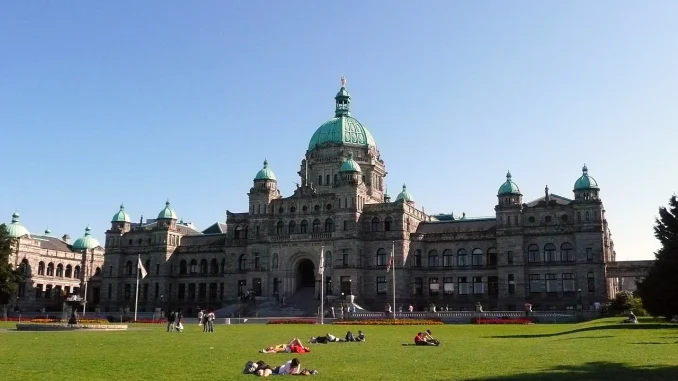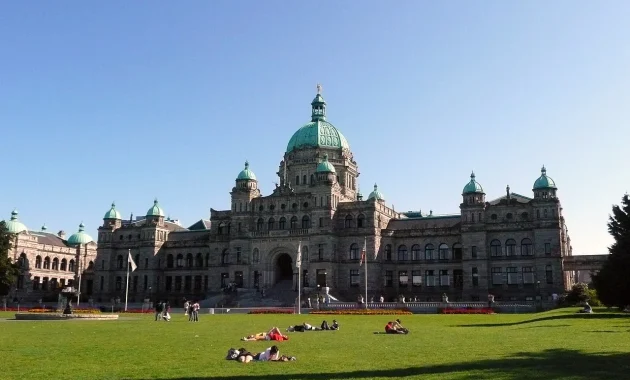
Colombia, a South American jewel, boasts a rich cultural heritage deeply rooted in its historical events, indigenous civilizations, colonial influences, and modern advancements. Throughout its long history, Colombia has seen the convergence of indigenous tribes, Spanish colonizers, and African populations, each of which has contributed to the colorful and diverse tapestry of the country’s traditions. This unique blend of cultures has produced some of the most iconic festivals, customs, and traditions that make Colombia a vibrant and exciting country to explore.
The Ancient Roots of Colombia’s History
Colombia’s history stretches back thousands of years, long before the Spanish conquest in the 16th century. Indigenous tribes such as the Tairona, Muisca, and Quimbaya inhabited these lands and laid the foundation for much of Colombia’s rich cultural legacy.
The Muisca civilization, which thrived in the highlands of what is now the capital, Bogotá, is particularly well-known for their advanced goldworking techniques. They are the creators of the El Dorado legend, a myth that attracted countless explorers in search of the mythical golden city. The Tairona, who resided in the coastal Sierra Nevada de Santa Marta, were also skilled artisans and architects, building the famous Lost City (Ciudad Perdida) long before European contact.
These indigenous groups contributed not only to the artistic and architectural wealth of Colombia but also passed down religious practices, agricultural techniques, and community-based traditions that continue to influence modern Colombian culture.
The Impact of Spanish Colonization
The arrival of the Spanish in 1499 marked the beginning of a new chapter in Colombia’s history. Over the next century, Spanish colonists established settlements, often displacing or assimilating indigenous populations. Cities such as Cartagena and Santa Marta grew into major colonial hubs due to their strategic locations on the Caribbean coast.
With the introduction of Catholicism, Colombia’s religious and social fabric began to change dramatically. The Spanish imposed their language, customs, and religious practices on the local populations, which significantly influenced Colombian culture. The construction of churches, such as the grand Las Lajas Sanctuary and Popayán’s colonial churches, remains a testament to the lasting impact of Spanish colonial architecture.
However, alongside these influences, many indigenous customs and traditions persisted. Colombia’s modern culture is a result of the blending of Spanish and indigenous traditions, creating a uniquely Colombian identity.
African Influence in Colombian Culture
The Spanish also brought enslaved Africans to Colombia, who were primarily employed in the sugar plantations and gold mines. Over time, these African populations would play an essential role in shaping the country’s music, dance, and religious practices.
Today, Afro-Colombian traditions are integral to the national identity. One of the most well-known Afro-Colombian cultural contributions is cumbia, a vibrant music and dance form that mixes African rhythms with indigenous and Spanish influences. Palenque de San Basilio, the first free town for formerly enslaved Africans in the Americas, still preserves African languages, music, and culinary traditions. The town has been recognized by UNESCO as a Masterpiece of the Oral and Intangible Heritage of Humanity.
Colombian Independence and Nation-Building
By the early 19th century, Colombia’s fight for independence from Spain, led by iconic figures like Simón Bolívar, began to take shape. The Battle of Boyacá in 1819 marked a decisive victory that paved the way for Colombia’s independence and the eventual establishment of Gran Colombia, a republic that included present-day Colombia, Venezuela, Ecuador, and Panama.
In the aftermath of independence, Colombia experienced political and social turbulence. The country struggled with civil wars, political factions, and shifting borders, all of which have shaped its modern identity. Nonetheless, the spirit of freedom and pride in the national heritage continues to be celebrated each year on July 20th, Colombia’s Independence Day, a national holiday marked by parades, traditional music, and vibrant displays of cultural pride.

Festivals and Celebrations: A Display of Colombia’s Cultural Diversity
Colombians are known for their festive spirit, and the country’s calendar is filled with colorful festivals that celebrate its rich cultural diversity. These celebrations often feature music, dance, and food, each with its unique regional flavor.
One of the most famous festivals is the Barranquilla Carnival, a UNESCO-recognized event celebrated in the coastal city of Barranquilla. It is a four-day celebration filled with parades, folkloric dances, and traditional costumes. The festival showcases Colombia’s African, Indigenous, and Spanish heritage through the performance of traditional dances like the cumbia, mapalé, and garabato.
Another significant celebration is La Feria de las Flores (The Festival of Flowers) in Medellín, a city known for its transformation from a hub of conflict to a symbol of resilience and innovation. This week-long festival in August is filled with flower parades, cultural performances, and a display of the region’s stunning floral biodiversity.
In the Andean region, the Black and White Carnival in Pasto represents the blending of indigenous, African, and European cultures. This carnival, recognized for its cultural significance by UNESCO, features elaborate floats, street performances, and a celebration of unity and equality among Colombians.
Colombian Gastronomy: A Flavorful Fusion of Cultures
Colombian cuisine reflects the diverse heritage of the country, with each region offering its unique flavors and ingredients. The Andean highlands, coastal regions, and Amazonian rainforests each contribute to the nation’s culinary richness.
One of the most iconic dishes is the ajiaco, a traditional soup from the Bogotá region made with chicken, three types of potatoes, and corn, served with capers and cream. In coastal regions, seafood stews, fried plantains, and arepas de huevo (fried corn cakes filled with egg) are staple dishes, influenced by African and indigenous ingredients.
The Amazon region is known for its exotic fruits and ingredients, with dishes like mojojoy (a type of worm considered a delicacy) and piranha soup making it a unique culinary destination.
Across the country, coffee is a fundamental part of Colombian life. As one of the largest coffee producers globally, Colombia’s coffee-growing regions are recognized by UNESCO as World Heritage Sites, with the coffee culture deeply embedded in the daily routines of Colombians.
Modern Colombian Traditions and Global Influence
In modern times, Colombia has continued to evolve while holding on to its rich traditions. The nation has become known for its contributions to the global cultural scene, particularly through music, art, and literature.
Internationally acclaimed artists like Shakira, Carlos Vives, and J Balvin have taken Colombian rhythms like vallenato, reggaeton, and salsa to the global stage. Nobel Prize-winning author Gabriel García Márquez introduced the world to magical realism, a literary genre deeply rooted in the surreal and mystical elements of Colombian culture.
Colombia is also a leader in biodiversity conservation, with its lush landscapes and ecosystems ranging from Andean mountains to Amazonian rainforests. Ecotourism is on the rise, with travelers flocking to the Cocora Valley, Tayrona National Park, and the Amazon Basin to experience the country’s natural beauty.
Conclusion
Colombia’s history and traditions offer a fascinating journey through time, from ancient civilizations to modern-day cultural exports. Its blend of indigenous, Spanish, and African influences has shaped a nation that celebrates diversity in its art, festivals, cuisine, and daily life. As Colombia continues to build its future, its rich heritage remains a vital part of its identity, providing a strong foundation for generations to come.